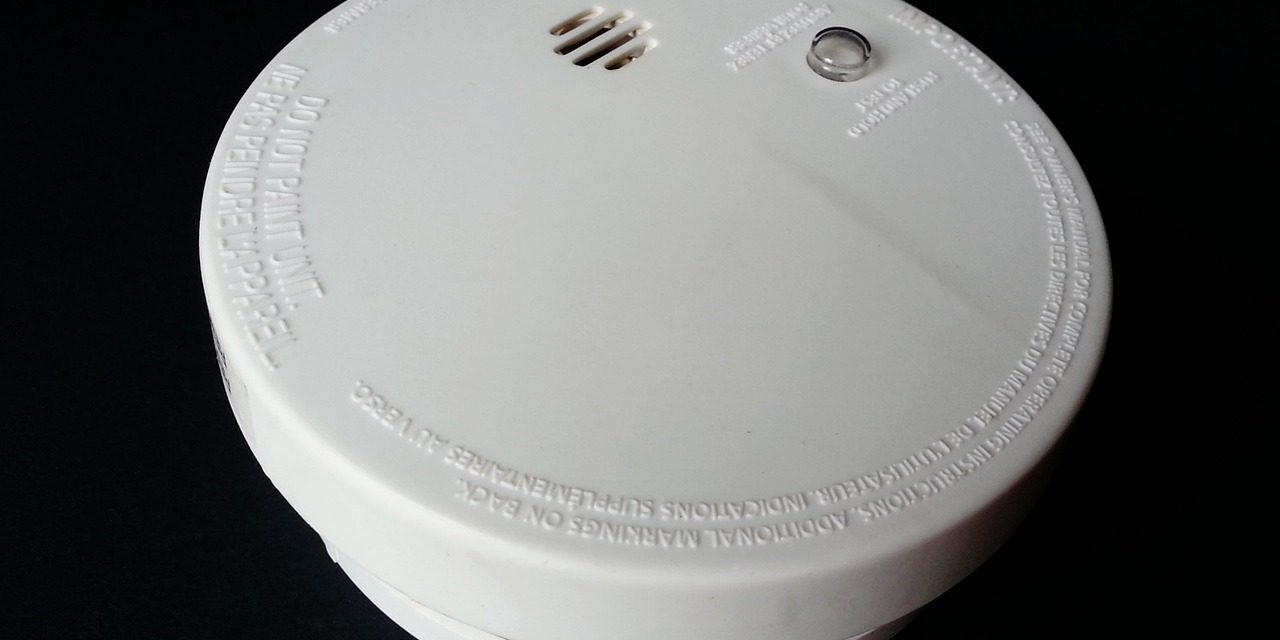In the realm of home safety, few devices are as crucial as smoke alarms. They stand as vigilant sentinels, ready to sound the alarm at the first sign of danger. In Australia, where bushfires and residential fires pose a significant threat, ensuring your smoke alarms are in top-notch condition is paramount. In this quick guide, we’ll walk you through the essential steps to guarantee your smoke alarm’s effectiveness.
1. Know Your Smoke Alarm
Not all smoke alarms are created equal. There are primarily two types: ionisation and photoelectric. Ionisation alarms are more responsive to flaming fires, while photoelectric alarms are better at detecting smouldering fires. Experts often recommend using a combination of both types for comprehensive coverage. Familiarise yourself with the type of alarm installed in your home and consider upgrading if necessary. You can also have the choice of a hardwired smoke alarm or a battery-operated alarm. New home builds will have at least one hardwired alarm.
2. Check for Compliance
In Australia, smoke alarms are subject to strict regulations. As of 2022, new legislation was implemented in some states in Australia that states interconnected photoelectric smoke alarms in all bedrooms, hallways that connect bedrooms with the rest of the dwelling, and in every story of a multiple-story dwelling. Check the local information for your state to see what is required for you to comply. Ensure that your smoke alarms comply with regulations to avoid potential penalties and, more importantly, to safeguard your family.
3. Smoke Alarm Testing
A smoke alarm that doesn’t work is as good as no alarm at all. Testing your smoke alarms is a simple yet critical step in ensuring your home’s safety. Most alarms have a “test” button that, when pressed, will sound the alarm briefly. Carry out this test monthly to confirm that the alarm is functioning correctly. If the alarm doesn’t sound, replace the battery immediately.
4. Replace Batteries Annually
Batteries are the lifeblood of a smoke alarm. They provide the power needed to detect and alert you to potential danger. Make it a habit to replace the batteries annually, even if the alarm still functions during your monthly tests. A good practice is to do this on a specific date each year, perhaps on a significant occasion like a birthday or a holiday, to ensure it’s not overlooked. It has been widely promoted by the Rural Fire Service to replace smoke alarms when daylight savings begins.
5. Vacuum and Clean Regularly
Dust and debris can accumulate over time and hinder a smoke alarm’s effectiveness. Use a vacuum cleaner or a soft brush attachment to gently clean the cover and sensors of the alarm. Avoid using harsh chemicals or water, as this can damage the unit. Regular cleaning, at least twice a year, ensures that your alarm is always ready to respond when needed.
6. Replace Old Alarms
Smoke alarms have a limited lifespan, typically around 10 years. After this period, their sensors may become less effective, putting your safety at risk. Check the manufacturing date on your smoke alarms and replace them promptly if they’re approaching the end of their recommended lifespan.
7. Install Interconnected Alarms
Interconnected smoke alarms offer an added layer of safety by ensuring that if one alarm detects smoke, all alarms in the network will sound simultaneously. This is especially crucial in larger homes or multi-story residences where a fire on one level may not immediately be noticed on another. If you haven’t already, consider upgrading to interconnected alarms for comprehensive coverage.
8. Have a Fire Escape Plan
A functional smoke alarm is only the first line of defence. Knowing what to do in case of a fire is equally important. Develop and practise a fire escape plan with your family. This plan should include multiple escape routes, a designated meeting point outside, and a list of emergency contacts. Consider creating a tub or box of important documents that are easily accessible and that you can take with you in case of an emergency. It should contain items like birth certificates, passports, and important banking information.
Conclusion
In the realm of home safety, smoke alarms do save lives and notify you to spring into action at the first sign of danger. By following these essential steps, you can ensure that your smoke alarm is always prepared to fulfil its vital role. Regular smoke alarm maintenance, testing, and compliance with local regulations ensure a safe and secure home. Don’t wait until it’s too late – take action today to safeguard your family and property from the threat of fire.
With all our ‘How to Blogs’, we recommend that you use this as a guide only and do further research by visiting the HIA website. The HIA Website provides expert knowledge in all areas of building and home renovation.







